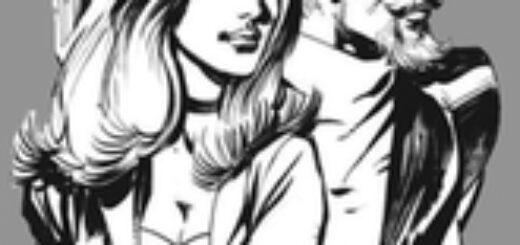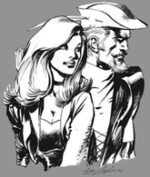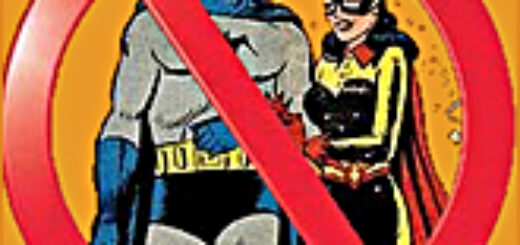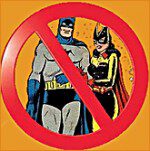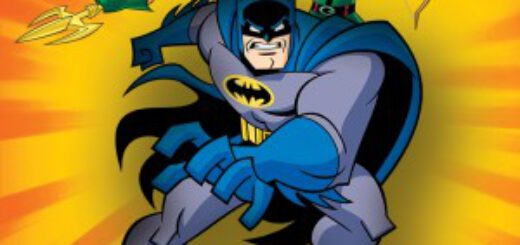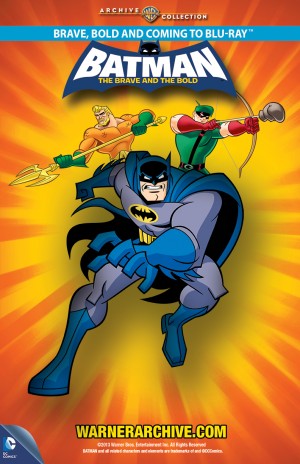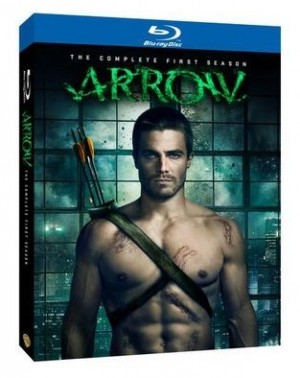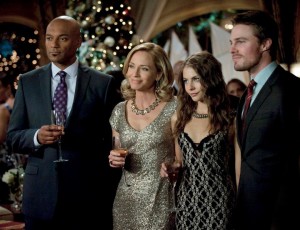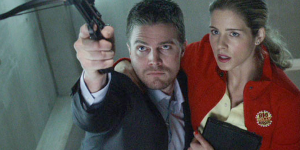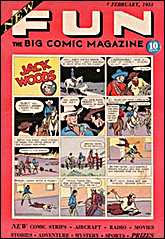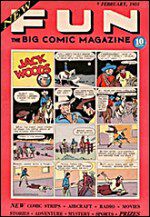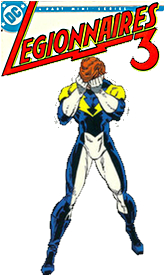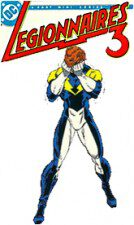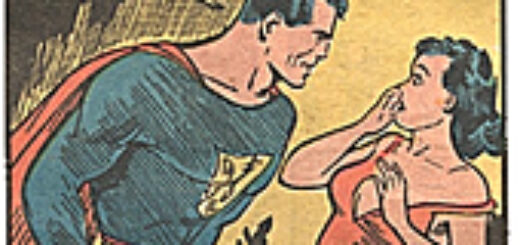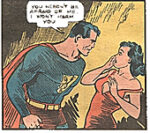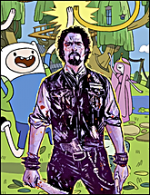Marc Alan Fishman: The Diamond Exchange
 The other day I was conversing with a friend on the ol’ Facebook chat (can I call it the ol’ Facebook chat?), and he lamented to me that he recently took on a pro-bono position designing a video game largely due to the inspiration of me and Unshaven Comics. I was floored. I was touched. I had a hard time not laughing. Not in jest mind you, but because after seven years of making books… it doesn’t feel like I’m in all that different a place. Why? Well, let’s look at the cold hard facts:
The other day I was conversing with a friend on the ol’ Facebook chat (can I call it the ol’ Facebook chat?), and he lamented to me that he recently took on a pro-bono position designing a video game largely due to the inspiration of me and Unshaven Comics. I was floored. I was touched. I had a hard time not laughing. Not in jest mind you, but because after seven years of making books… it doesn’t feel like I’m in all that different a place. Why? Well, let’s look at the cold hard facts:
Unshaven Comics sells its wares exclusively at conventions. It’s not to increase the collectibility either. It’s because we couldn’t possibly afford to tackle the direct market. At all. Don’t believe me? Well, about the only way one can get their books offered on the racks of the local comic shop is to be in the Previews catalog put out by the Diamond Comic Distributors company. Diamond makes it insanely easy to do this. A publisher simply makes up a preview (heh!) of their issue they want to solicit in the catalog, and submit it, alongside some paperwork, to their headquarters. Then, the publisher sells their stock, wholesale, to Diamond with 60-75% discount off of the cover price. How many issues? Well, Diamond doesn’t say exactly… but you must ultimately meet their sales expectations in enough time in order to continue working with them. And that’s only after they approve your application. Still with me?
It takes roughly six months between the time a publisher first contacts Diamond to when you actually receive monies back from an order. Now, in simplest terms, this means Unshaven Comics would have to have the capital to pay for whatever orders come through the Previews catalog and then wait another month to see about 40% of our cover price come back in the door. And for those not familiar with printing these days, allow me to be blunt: Unless you’re printing thousands of books, your per-book price for a full color, 36 page book, where you charge a fan $5, leaves you with less then half of that coming back as profit. Suffice to say, we put out comics because we love connecting with fans, and are hopeful that it will one day lead to something bigger and better. If we tried to go to Diamond with our current printer, we’d see about twenty-five cents for every comic we sold.
And we haven’t even talked about marketing and promotion! Just because your publishing company is accepted into Diamond does not mean you get a big flashy full-page ad in Previews, enticing comic shops to order. In fact, we would have to sell 2000 books in order to break even with the smallest possible ad. It’s a sad fact: A comic shop in LA, New York, or hell… even our own damn backyard (Chicago, baby) wouldn’t have any clue who we are. We’re not a name to the common comic shop frequenter. While we’ve attended about 40 – 50 conventions in the time we’ve been a company, there’s no chance in hell we’ve saturated even the pit stains of the market. And that translates into the cold hard truth: A comic shop that hasn’t heard of us (even with an ad) is unlikely to purchase anything from Previews from us.
So now, in order to sell to those retailers, we have to market ourselves to them as well. If we took out a small bank loanand marketed ourselves properly, we might just stand a chance.
Are you as excited about all this as I am?
The reality is this: Almost a decade ago, I attended the then-beloved Wizard World Chicago show. I waited until the end of the DC previews panel and boldly walked up to Dan DiDio and asked what it would take in order to write for him and DC. He smiled and said “Well, get noticed. We don’t really look for writers.” I figured a great way to get noticed would be to capture the zeitgeist on my own. Well, seven years later, and that still feels far out of touch.
That being said, Unshaven Comics is not without the teeniest bit of clout. We’ve grown our gross sales by 86% in the past year. And the year before that? 69%. That’s actual calculated growth. We’ve been to the largest conventions in the Midwest, and in another week we’ll be at the second largest convention of the nation – New York Comic Con (at the ComicMix table, nyuck, nyuck, nyuck). We successfully funded our own Kickstarter. All in all, we’re doing pretty well for ourselves, even if we are in fact a spec on a blip on a fart cloud somewhere around the outskirts of the industry we love so much. And we’ve done all of that without tackling the only player in the distribution game.
It’s nothing to hang a beard on, but it’s enough to inspire our friends to do great things. I don’t think we could ask for more.
If you want to help Unshaven Comics, do us a solid by voting for us in the Intuit Small Business Big Game Contest. If we win? We actually get a commercial about us during the Super Bowl! No e-mail hoarding. No registration necessary. Just click here for a vote.
SUNDAY: John Ostrander
MONDAY: Mindy Newell


